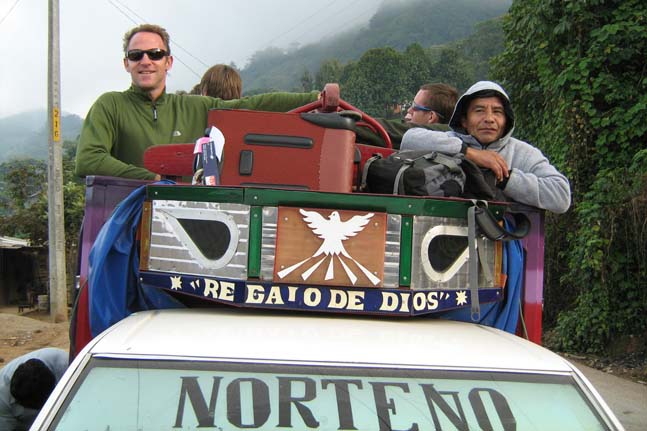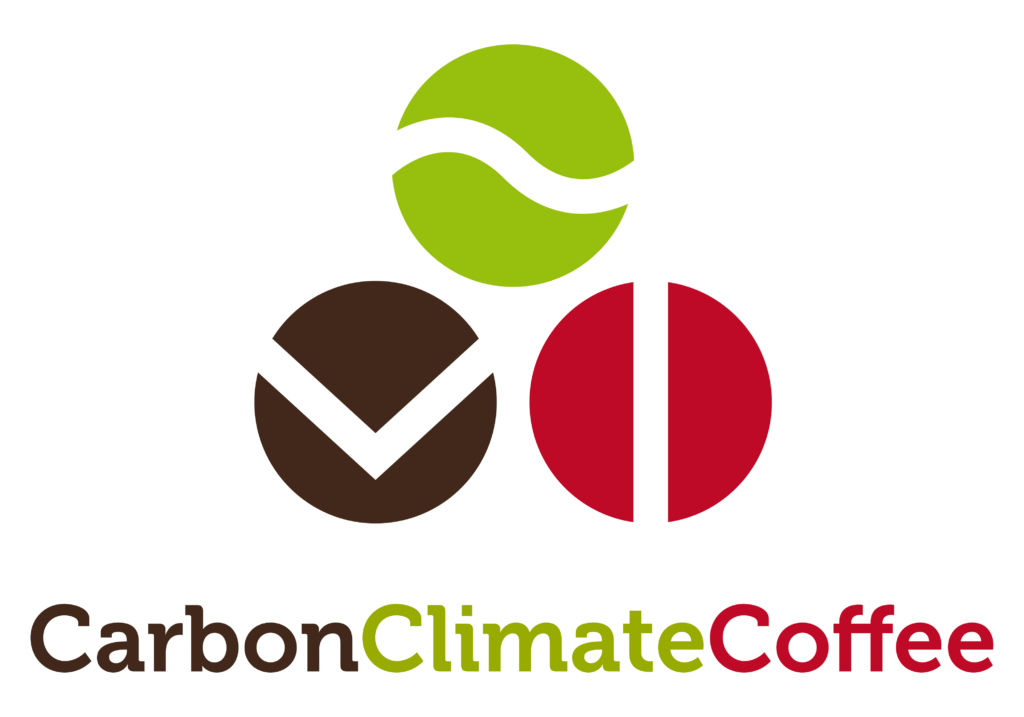
The World Coffee Research program has commissioned, compiled and is beginning to circulate a flurry of scientific data that’s pointing towards a pretty clear and dismal prognosis for the future of coffee “as we know it.”
Given our current trajectory with CO2 emissions and their resulting impact on weather patterns, the Classification of Agro-Ecological Zones for Arabica Coffee: An Improved Understanding of the Impacts of Climate Change published by Bunn, Läderach, Perez, Montagnon and Shilling concludes that 50 percent of current coffee regions will no longer be suitable for production by the year 2050.
Key concept to retain: 50% of productive coffeelands GONE by 2050.
 “Arabica coffee requires a climate with annual mean temperatures of about 20°C and 1200mm annual rainfall to be economically viable,” the research cites. “Temperatures over 30°C for extended periods reduce yields; while frost for only a few days damages or even kills the plant.”
“Arabica coffee requires a climate with annual mean temperatures of about 20°C and 1200mm annual rainfall to be economically viable,” the research cites. “Temperatures over 30°C for extended periods reduce yields; while frost for only a few days damages or even kills the plant.”
The research suggests that with expected rising temperatures, coffee yields in Veracruz, Mexico will fall below economic viability by 2020; and that Brazil, currently producing a third of the global crop of Arabica coffee, would lose up to 95% of their suitable coffee production area by 2100!
ICO trade statistics value the 2009/10 coffee exports at US$ 15.4 billion, with 93.4 million bags shipped worldwide. The global coffee sector employs some 26 million people – producing in 52 countries.
Given the sheer magnitude of the coffee industry, the impact of this changing landscape can no longer be calculated strictly in dollar amounts. We must confront the reality that we’re gambling with the lives, livelihoods and well-being of hundreds of millions of people. Beginning with the unfortunate 13 million, the 50% of those coffee farmers who fall within the “unsuitable-for-production-regions” at one extreme of the spectrum, to the traders, roasters, baristas and countless consumers who will have an increasingly difficult time finding the “perfect cup” at the other extreme –- the prospects for our coffee future just got that much more challenging.
Sure, industry and investors are already experimenting with alternatives. We are already deep into the long and circuitous path to developing a myriad of new varietals that are increasingly resilient to ever-increasingly serious pests and plagues. Private sector and development agencies are pushing coffee cultivation into higher elevations, promoting crop diversification, and incentivizing coffee migration to non-traditional growing regions. So one way or another, the coffee crop will survive.
For example, the ICO reported in 2015 that coffee production in China “languished for the better part of a century, until 1988 when the Chinese Government, in association with the World Bank and the United Nations Development Programme, initiated a project to regenerate the sector. As a result, annual production has soared to more than 360,000 bags, making China the 14th largest coffee producer in the world.” The Coffee Association of Yunnan has now set production targets by 2020 at 4 million bags!
Of course, people want to come up with a “Plan B” in order to stay in business. But what about all the people who are being left behind?
From creating “super-varietals” expected to withstand pest, drought and artificial soils, to blasting our garbage out into space, we ignore the early warning signs of people living outside the boundaries of natural limits, thinking we can create an ever-more-powerful “silver bullet” solution. But aren’t we just weaving layers of complication to cover up the core problems?
 When I look around at what we see happening in the world, I can’t seem to get this old nursery tale out of my head: There was an Old Lady who Swallowed a Fly
When I look around at what we see happening in the world, I can’t seem to get this old nursery tale out of my head: There was an Old Lady who Swallowed a Fly
We need to better understand the root causes of climate change and the detonators of chain reactions (both positive and negative) in natural systems. We can take small, medium and large steps right now along every link of the supply chain to reduce our carbon footprint, reverse CO2 emissions in the atmosphere, support a much broader approach to climate resiliency, and begin to work collaboratively on these issues as a team focused on win-win scenarios.
In the following weeks, I’ll be highlighting examples of people and businesses who have demonstrated the power of their actions to move themselves and their communities towards carbon neutral. In the larger scheme of things, carbon neutral looks like the simplest way forward. Yes, that means intentional change from old ways of thinking and operating in the world. But sometimes change is exactly what we need!
One way or another, we’ll be adapting to changes in our climate; and it seems that the sooner we get started the better! The alternatives are so much less palatable.
I know an Old Lady who swallowed a horse.
She’s dead, of course!
Author: Monika Firl
March 1, 2016























